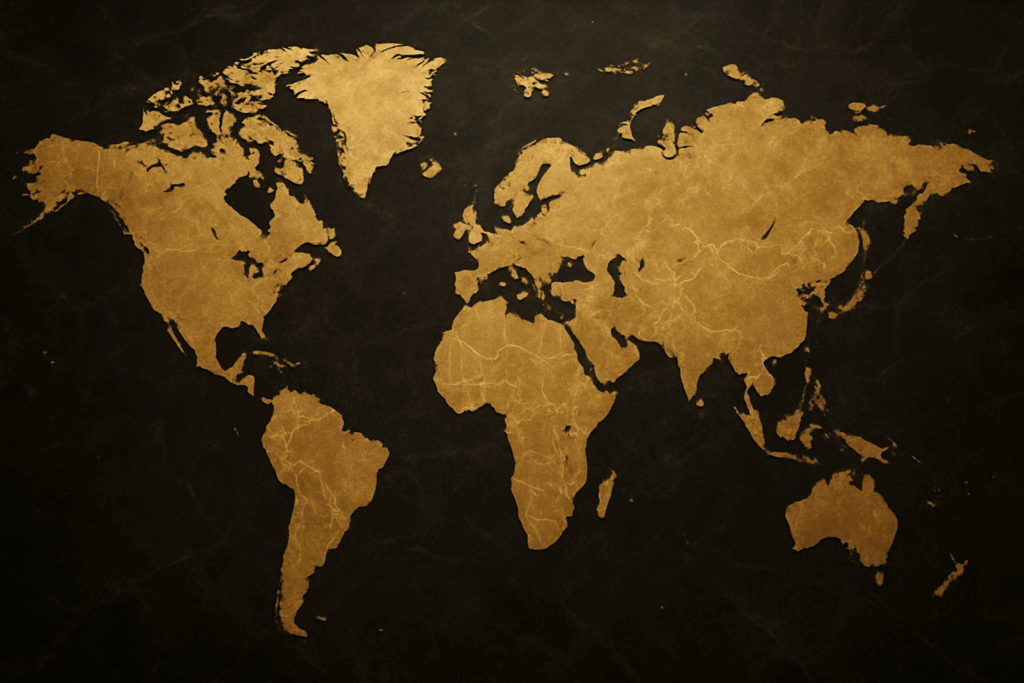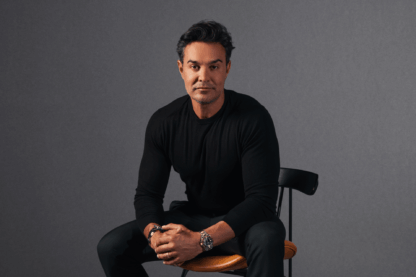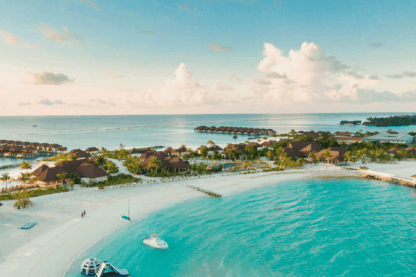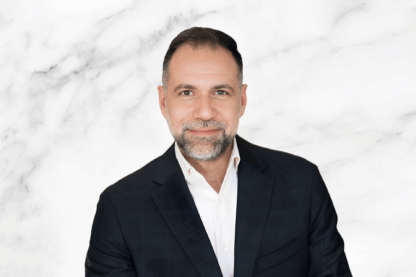Exclusivity and legacy have always defined the success of luxury brands, but these strengths are tested when markets become unpredictable. In a landscape shaped by economic shifts, political uncertainty, and evolving consumer expectations, the most enduring luxury brands are those that go beyond tradition. They cultivate resilience, not just through financial strength, but through adaptability, strategic clarity, and an unwavering commitment to identity.
For members of the World Luxury Chamber of Commerce, mastering these principles is essential. In an increasingly competitive global marketplace, resilience is what separates temporary success from enduring leadership. But how do luxury brands build resilience?
Commitment to Brand Heritage
A deep commitment to brand heritage is one of the most critical pillars. Iconic houses like Hermès exemplify this by safeguarding their founding narratives and timeless aesthetics. Their refusal to discount products maintains pricing integrity and reinforces exclusivity, ensuring long-term trust with their clientele, even during market fluctuations.
Actionable Insights:
- Codify your brand’s founding story and integrate it into all internal and external communications to ensure a consistent narrative.
- Audit current marketing efforts to align visual identity, tone, and messaging with core heritage values.
- Avoid promotional pricing strategies that may dilute long-term brand equity; instead, focus on elevating perceived value.
Navigating Sustainability with Strategy
Sustainability has evolved from a trend into a necessity, but for luxury brands, integrating ethics without compromising craftsmanship is a nuanced task. Brands that succeed view sustainability as a long-term investment. Those aligning with environmental responsibility and social transparency stand out as modern, credible, and future-focused.
Actionable Insights:
- Conduct a full sustainability impact assessment, from sourcing to packaging, to identify gaps and opportunities for responsible improvement.
- Develop clear sustainability KPIs and publicly share annual progress to build stakeholder trust and accountability.
- Collaborate with artisans and suppliers who meet ethical standards to protect the integrity of your production chain while supporting sustainable innovation.
Digital Evolution Without Compromise
The digital landscape is transforming luxury consumption. Online boutiques, AI-driven personalization, and virtual showrooms offer convenience, but luxury is still defined by emotional and sensory depth. Resilient brands don’t compromise; they enhance human connection through digital tools.
Actionable Insights:
- Invest in digital platforms that replicate the intimacy of in-store experiences (e.g., private virtual styling sessions, high-end AR try-ons).
- Use customer data to personalize the experience, but maintain elegance and subtlety in how personalization is delivered.
- Train digital sales teams in luxury etiquette to ensure online engagement meets the same standard as physical interactions.

Geographic and Operational Agility
Resilient brands don’t rely on one market alone. Diversifying across regions gives luxury houses the agility to respond to local disruptions without losing momentum. Operational flexibility, especially in supply chains and distribution, becomes a vital shield against volatility.
Actionable Insights:
- Map regional dependencies and develop contingency plans to shift operations or supply chain routes in response to geopolitical or logistical issues.
- Expand into culturally aligned emerging markets through targeted entry strategies, such as pop-ups or exclusive partnerships.
- Create multi-hub distribution networks to reduce fulfillment delays and improve responsiveness to localized demand shifts.
Proactive Leadership in Uncertainty
In times of uncertainty, the most resilient brands lead rather than react. They anticipate disruption, act early, and pivot with purpose. This mindset transforms uncertainty into momentum for innovation and renewal.
Actionable Insights:
- Form a “resilience council” within your leadership team to regularly assess market trends, threats, and innovation opportunities.
- Allocate a percentage of your annual budget to experimental or future-focused projects that may not show immediate ROI but build long-term strength.
- Reframe challenges as creative prompts, from supply limitations to consumer shifts, and task teams with designing adaptive luxury experiences.
Key Takeaways: Principles for Enduring Luxury Resilience
- Preserve Heritage to Strengthen Identity: Upholding brand legacy and consistency builds emotional value and consumer trust.
- Diversify Markets to Mitigate Risk: Expanding internationally allows brands to remain stable amid regional fluctuations.
- Lead with Purpose Through Sustainability: Ethical sourcing and responsible values are vital for long-term credibility.
- Elevate Luxury with Thoughtful Innovation: Technology should enhance, not replace, the personal nature of luxury.
- Act with Agility in Times of Change: Proactive decision-making and strategic flexibility are essential for staying relevant.
Economic fluctuations, political instability, or shifting consumer preferences are present challenges in the luxury sector. Yet, global luxury brands that embed resilience into their DNA are the ones that not only survive but also lead.
For members of the World Luxury Chamber of Commerce, this is an opportunity to champion best practices and invest in long-term resilience. True luxury is about endurance, ethics, and evolution.
To learn more about the World Luxury Chamber of Commerce, visit: https://worldluxurychamber.com/
SOURCES: LUXURY TRIBUNE





